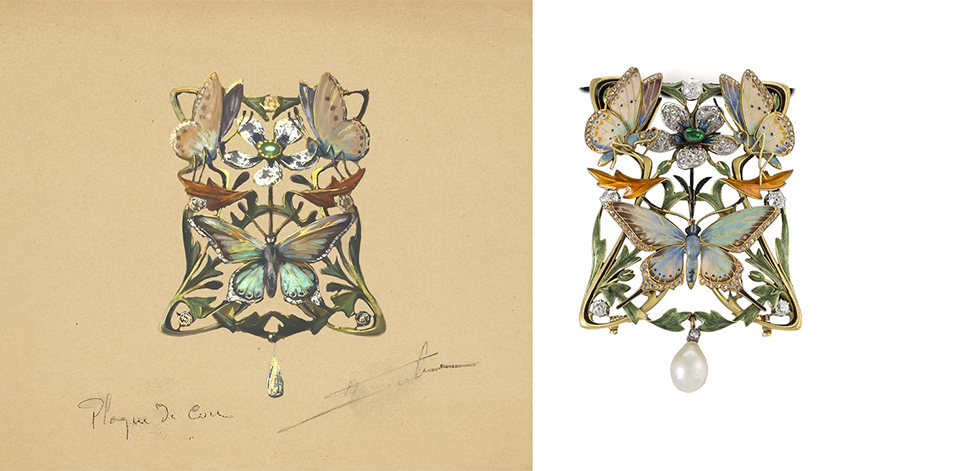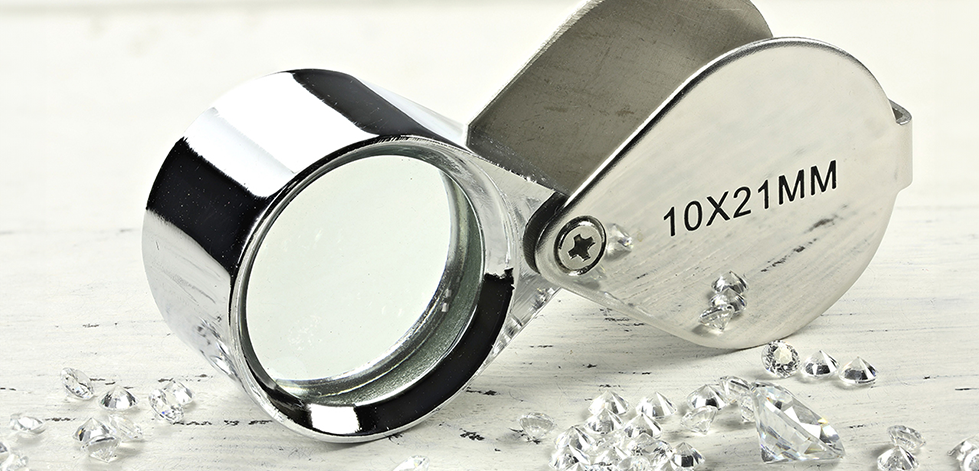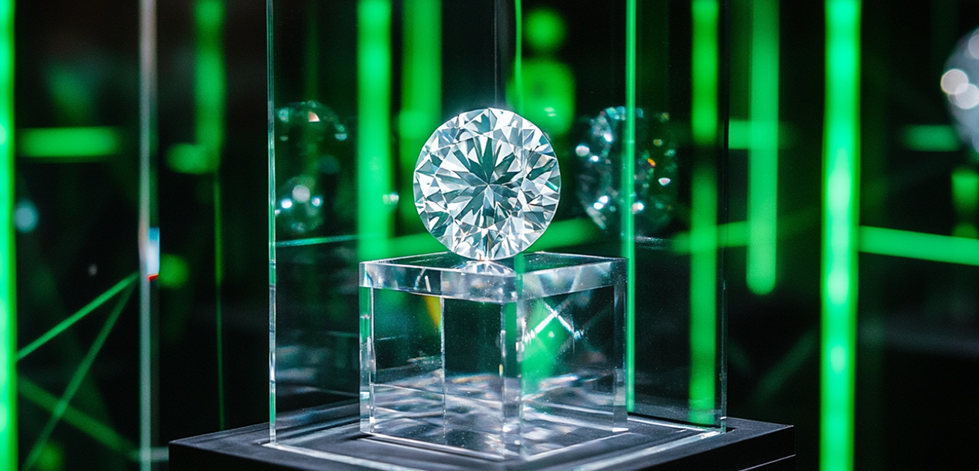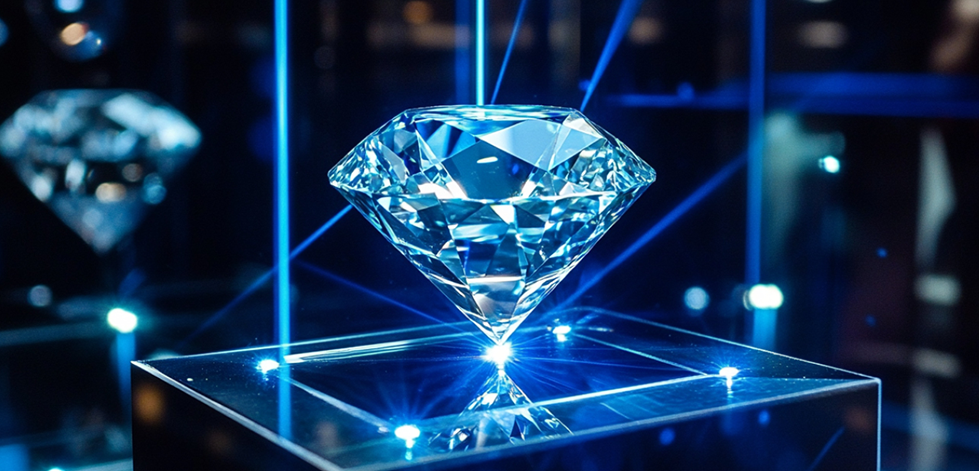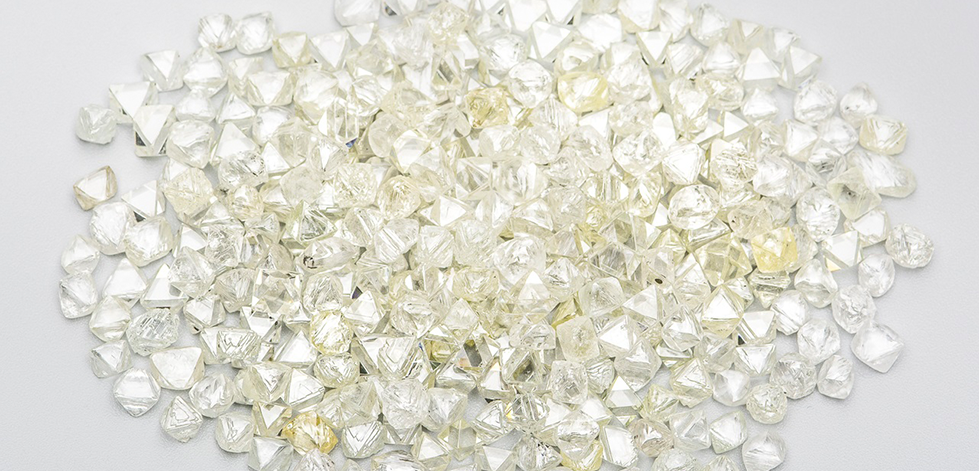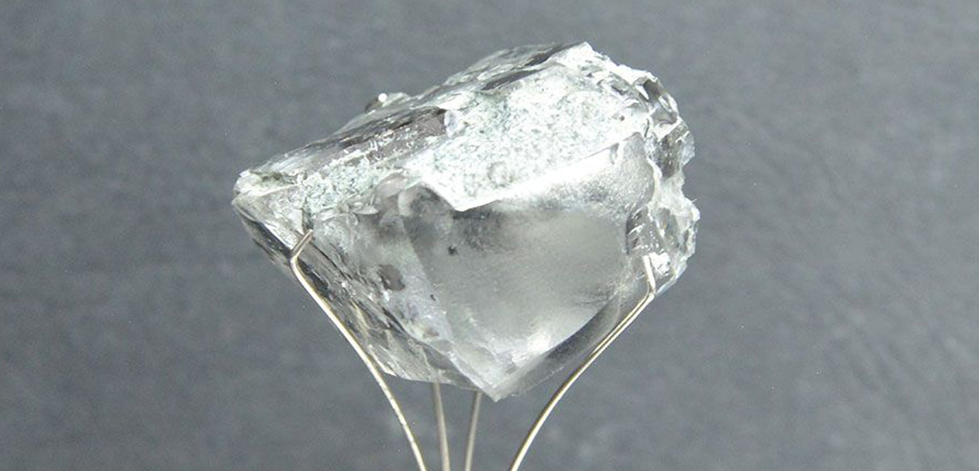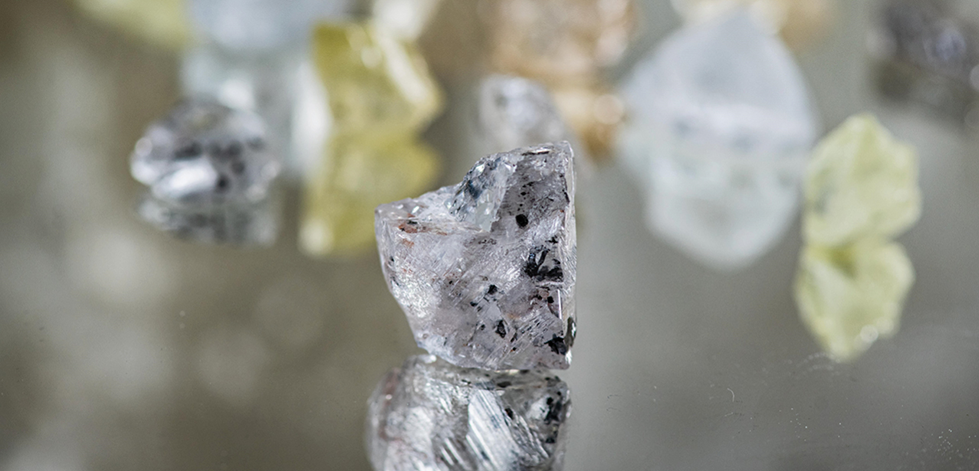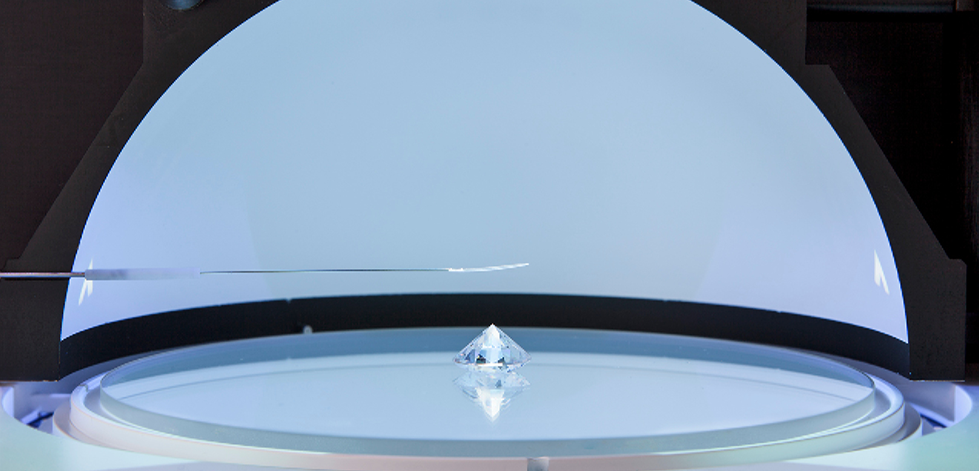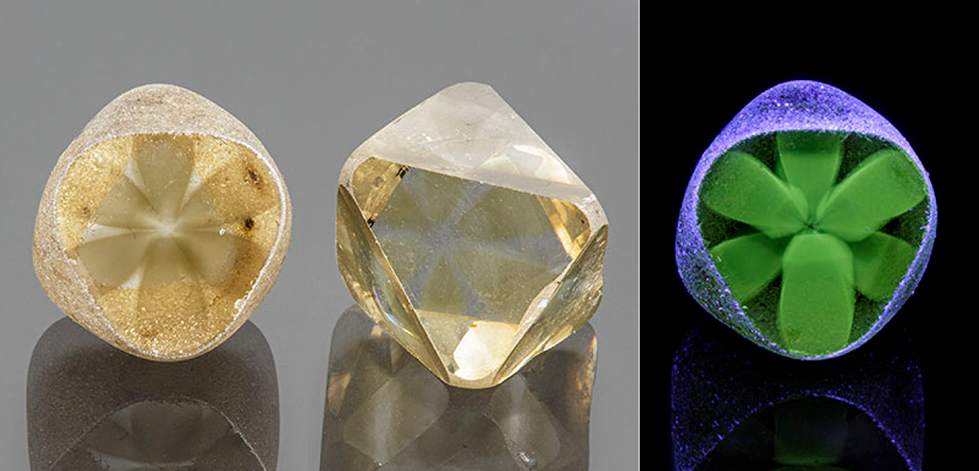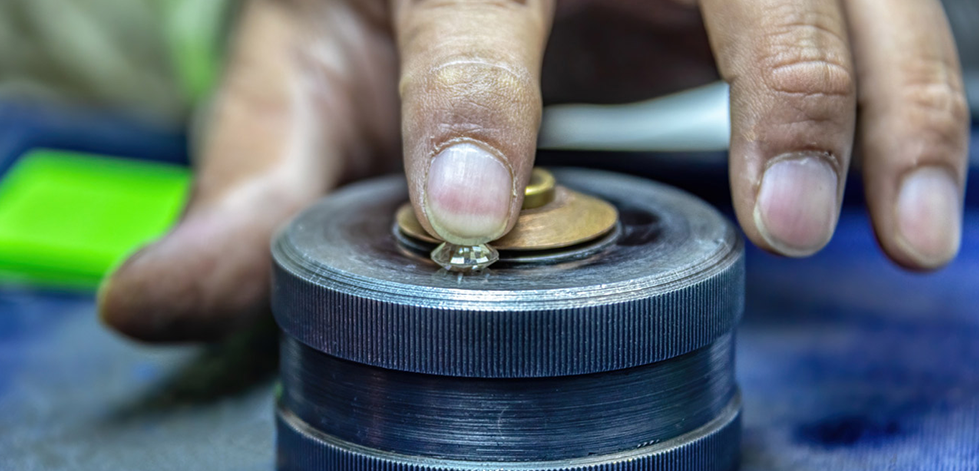New York Winter Show Combines Beauty with History
The arts and antiques fair displayed a diverse array of important and quirky jewels.
For the first time since the pandemic, the Winter Show — the annual arts, antiques and design fair — returned to its familiar home at the Park Avenue Armory, New York. The event’s 69th edition attracted 68 exhibitors, including a dozen or so jewelry dealers, some of whom also offer other items.
While each dealer specializes in antique and period pieces, they all occupy a unique niche in the world of jewelry. The one common thread is that materials are not necessarily the attraction. Instead, these jewelers and their clients are more interested in design, craftsmanship, rarity, provenance, and a good story.
Didier
There’s probably no jeweler with a niche as unique as London-based Didier. The husband-and-wife team of Didier and Martine Haspeslagh specializes in artistic jewels designed by leading modern masters and designers from the second half of the 20th century. All of the pieces were acquired in the secondary art market. By the time they first opened their gallery in 2006, they were the only people dealing in these jewels and were easily able to acquire them for incredibly low prices, the couple explained. Those days are over: The niche has gained popularity, as most recently shown by Sotheby’s “Art as Jewelry as Art” online selling exhibition in the fall of 2022. The couple still stands alone as the authority on these jewels, often educating the auction houses and experts about this particular genre.
One piece of which Martine is particularly fond is a large 22-karat-gold pendant in the form of a puffer fish by 20th-century artist Max Ernst. “It’s hammered onto a bronze mold so it’s not heavy as it looks,” she said.
They are attracted to Italian designers and artists. One piece serves as a highlight of the show for them. It’s a hinged gold bangle made of 18-karat gold encased in gold wires and set with sapphires and diamonds. The piece is by Roman artist Giuseppe Uncini, better known as a painter and sculptor. The idea is to imitate concrete, so the gold wires resemble rebar.
One of the most recognized artists who also created jewels was Salvador Dali. One jewel Martine wore was an 18-karat gold pendant in the shape of a spoon. The spoon end is actually a clock with a blue enamel dial. On its side is a mustache comb. The piece was done in the goldsmith workshop of Claude Lalanne, who became a well-known artist in his own right.
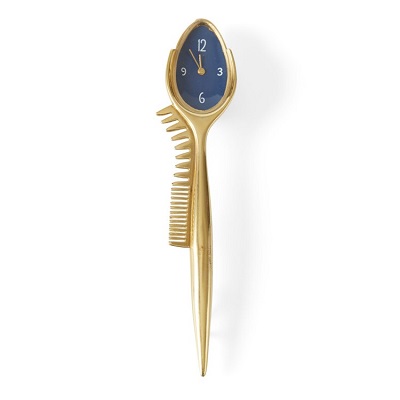
The Salvador Dali spoon clock. (Didier)
A La Vieille Russie
Another Dali piece was at the A La Vieille Russie booth. It was an 18-karat gold brooch with the profiles of Tristan and Isolde. In between the profiles is a diamond and garnet chalice. It is based on the 12th-century legendary love story of Tristan and Isolde, a common theme for Dali.
The New York-based dealers specialize in fine arts and antiques, particularly Russian art and design objects, including Fabergé. But they also deal with English, French and American works from the late 19th and early 20th centuries. Jewelry was always one of the firm’s strengths, including pieces made in the 1930s through the 1950s. However, it has become more important to its business since the Russia-Ukraine war began, said co-owner Peter Schaffer.
“There’s a 35% duty on anything coming in from Russia,” he said. “We were under the impression that if you could prove that it was not in Russia before the invasion, it was fine. But it remains unclear. So, we don’t know what they’re going to allow or not allow.”
Another notable piece was a caterpillar brooch by Jean Schlumberger, known for his designs for Tiffany & Co.
Les Enluminures
Les Enluminures, with offices in Paris, New York and Chicago, specializes in manuscripts and miniatures from the Middle Ages and the Renaissance. These include jewels, particularly rings, and the occasional large historic piece. One of those, a gold chain from around 1530 to 1640, doesn’t look impressive at first but is important because it’s nearly impossible to find a pure gold chain from this period, noted Fleur Callegari, Les Enluminures’ art director. Most of the others have been melted down over the years.
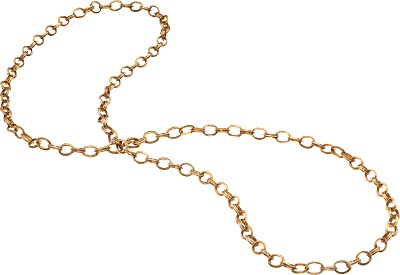
Gold chain from around 1530 to 1640. (Les Enluminures)
The firm also showcased a collection of posy rings it recently acquired. These were popular in England in the 17th and 18th centuries due to personal engravings inside. “They’re rhyming inscriptions,” Callegari explains. “They were given as gifts by friends or lovers. They had these little inscriptions inside that only the giver and the wearer would know. Sometimes they have this decoration on the exterior, but mostly they were plain.”
The company also had some “iconographic” rings, which bore engraved images of saints. “They were worn as protection or because they were namesake patron saints,” Callegari explains.
Simon Teakle
Simon Teakle provided a breadth of jewels in various styles and from several artistic periods, which reflects his business in Greenwich, Connecticut. Teakle places a lot of attention on the provenance of the pieces he acquires and supplies potential buyers with the information.
“We have a range of jewelry that goes from the mid-18th century to the late 20th century,” Teakle says. “A lot of it is signed. Price points start from $4,000 or $5,000 to…you have to ask.”
Among the items at the show was the Rosse emerald and diamond necklace, a British royal and noble jewel of historical significance. It was worn by the countess of Rosse at the coronation of King George VI in 1937, the coronation of Queen Elizabeth II in 1953 and at a ball hosted by the latter at Buckingham Palace in 1960.
A pair of diamond bracelets — each with five bands of cultured pearls, circa 1930 — was once owned by billionaire tobacco heiress Doris Duke. Then there is a colorful and elaborate pendant necklace by French Art Nouveau jewelry designer and glass maker René Lalique. Like a lot of his works, it’s made of multiple gems, enamel and yellow gold.
Macklowe Gallery
Art Nouveau took center stage in the jewelry display at the Macklowe Gallery, an institution in New York, with its museum-quality collection of furniture, Tiffany lamps, decorative art objects, and jewelry. An exhibit featured important flower-themed pieces by three French Art Nouveau designers.
An opal, chrysoprase, and enamel brooch by Marcus & Co. showcases flowers and leafy vines in a delicate revelation of greenish hues and pinks. A necklace by artist Henri Dubret presents a gem-set and enamel display of butterflies, flowers, and foliage.
Finally, there’s a Bapst and Falize 18-karat gold, enamel and diamond bracelet in red, blue and gold. It’s decorated with medallions depicting six distinct species of blossoms made of old mine-cut diamonds and gold stalks with foliage. Red translucent enamel is used throughout the jewel with a ridged and incised gold edge, accented by bezel-set diamonds. The inside is rendered in blue enamel relief depiction of the same blossoms in gold, with corresponding stalks and foliage in polychrome cloisonné enamel.
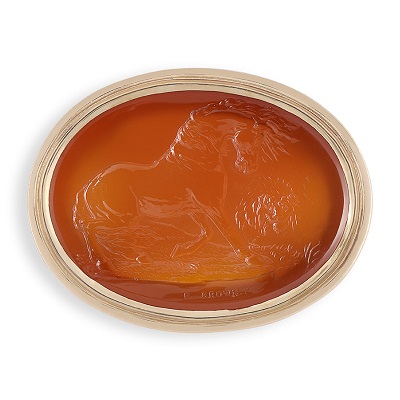
The carnelian cameo, carved by engraver Charles Brown. (Thomas Heneage Art Books)
Walking the halls of Amory building, you never know what you’ll find. I passed a booth with a display of cameos, so I spoke with the owner, Thomas Heneage, whose main business is in art books. He also collects and sells these carved jewels. The cameos were made of glass, stone, lava and other materials from the 18th and 19th centuries. Some were even older. Many of the images are of historical significance.
He invited me into the back of the booth, and hidden away in its own wooden case was a carnelian cameo with an orange glow. The gem was carved by the engraver Charles Brown, an important 18th-century gem engraver. It’s housed in a gold mount to be worn as a brooch. The image is taken from a painting by 18th-century artist George Stubbs, Horse Frightened by a Lion. It’s a piece of great artisan skill, beauty and historical significance that I discovered in an unlikely place. It’s part of the appeal of this fair.
Main image: Henri Dubret’s necklace featuring butterflies, flowers, and foliage. (Henri Dubret/Macklowe Gallery)


